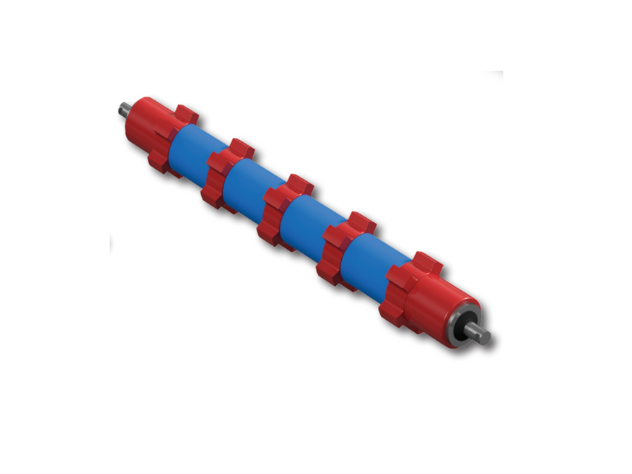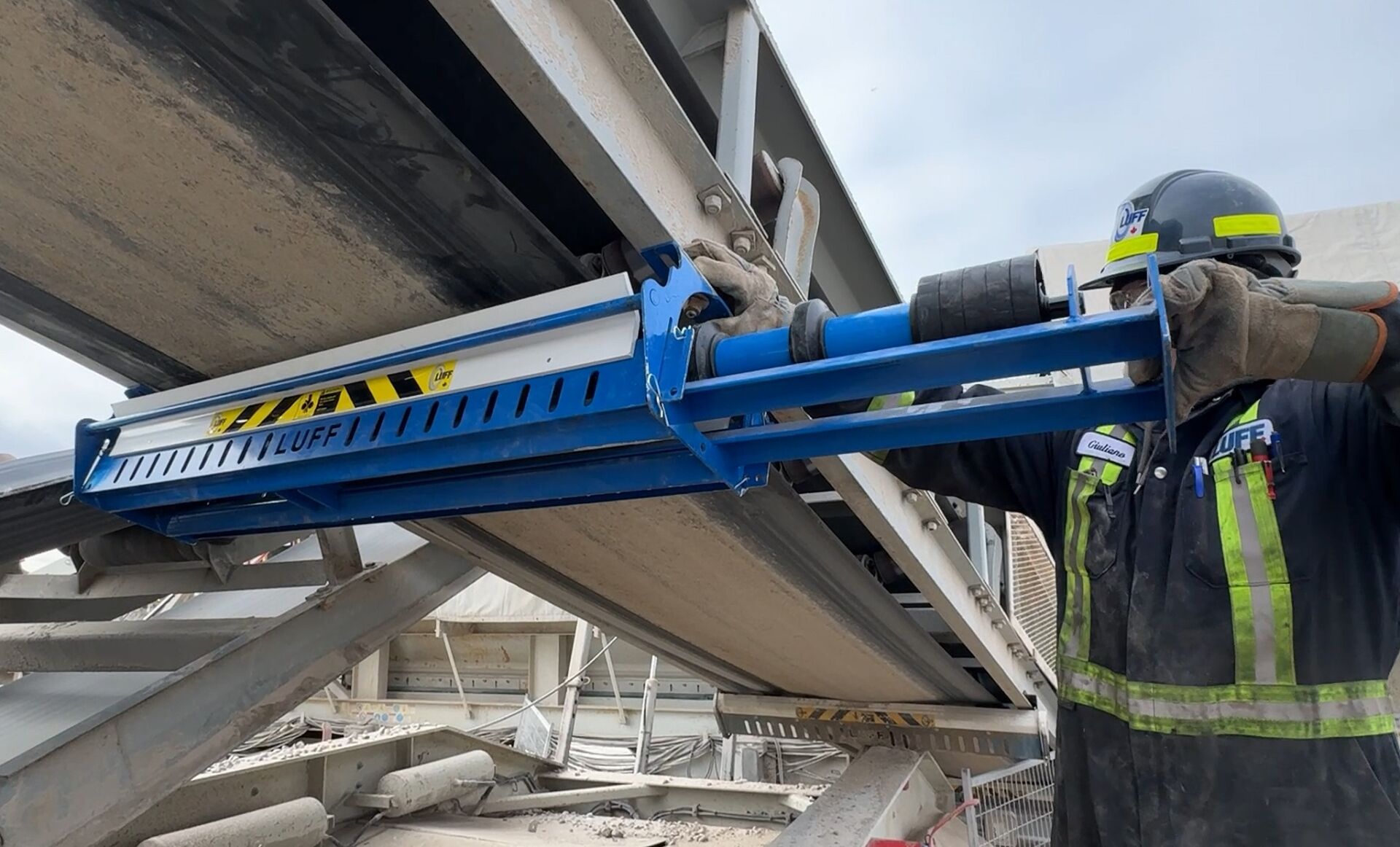The Urethane Beater Return Roller | Delivering Years of Leading Performance in Harsh Conditions
Keeping conveyors clean and efficient is absolutely critical when it comes to demanding industries like mining, sand...
Read moreThe Wear Wolf Pulley Deep Dive | Why It Outlasts the Competition
When it comes to keeping your operation running efficiently, downtime isn’t just inconvenient – it can be...
Read moreWhy Every Plant Should Upgrade to Urethane Beater Return Rolls for Carry Back Control
In industries such as sand & gravel, aggregates, and mining, material carry back isn’t only a nuisance...
Read moreUnderstanding the CEMA Rating: A Comprehensive Guide by Luff Industries
In bulk material handling, efficiency and safety go hand in hand. Choosing the right conveyor equipment is...
Read more6 Simple Steps to Keep Your Industrial Conveyor System Running Smoothly
When your industrial conveyor system is the backbone of operations, even minor issues can cause costly downtime,...
Read moreThe Science Behind the Strength | What Makes Wear Wolf Material So Tough?
When it comes to industrial conveyor pulleys, downtime caused by premature wear is more than an inconvenience...
Read moreThe Most Common Conveyor System Issues and How to Prevent Them
Industrial conveyor systems are essential for efficient material handling across numerous industries. But like any machinery, they’re...
Read morePreventing Early Failure of Industrial Conveyor Systems
When operating complex industrial conveyor systems, proactive maintenance and a deep understanding of common failure points are...
Read moreCelebrate Canada Day with Luff Industries
As we gather to celebrate Canada Day, Luff Industries is proud to reflect on our journey as...
Read moreConveyor System Parts & Accessories Offered by Luff Industries
Navigating the demands of modern industrial operations requires reliable conveyor systems, and at the heart of those...
Read moreReducing Slip on Your Conveyor Belt and Increasing Productivity
When your conveyor belt slips in the middle of a job, it can result in material spillage,...
Read moreHeavy Duty Industrial Conveyor Systems for Mining Operations
Mining operations depend on heavy industry conveyor systems to improve efficiency, safety and productivity. Conveyor systems transport...
Read more












